
|
| Accept Cookies | Customize | Refuse Cookies |
Aleziggio www.juzaphoto.com/p/Aleziggio  |
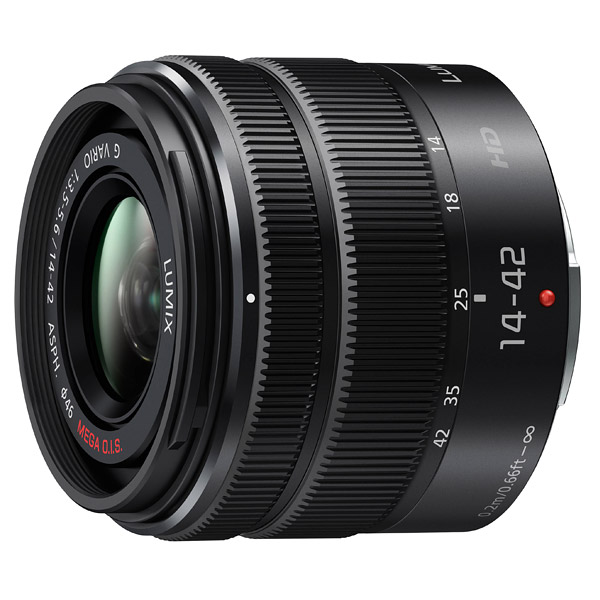 | Panasonic Lumix 14-42mm f/3.5-5.6 II OIS Pros: very compact, better yield than the similar Zuiko, exceptional sharpness at 14 mm, mounts filters from 46 Cons: made by lens kit, very "digital", tends to burn the highlights in hard light conditions Opinion: I have owned several cheap kit targets, the Zuiko 14-42, the Panasonic 14-42 II and the Panasonic 14-45, and I would say we can safely put them in this order of increasing performance. The Panasonic 14-42 II I found it better built than the Zuiko counterpart, plus it has a really high sharpness to 14 mm. On the other hand, the optical performance as the focal points get longer, as opposed to the Panasonic 14-45, which instead gives its best at 45 mm. The 14-45, however, gives warm images and a microcontrast that the other kit lenses do not have. A positive feature of the Panasonic 14-42 II is that it mounts 46 filters, a diameter common to many MFT optics. Overall it is a good kit lens, very light and well built, with good sharpness but let's say it does not have the "magic" of the higher-end optics. Preferable anyway to Zuiko 14-42, in my opinion sent on January 08, 2020 |
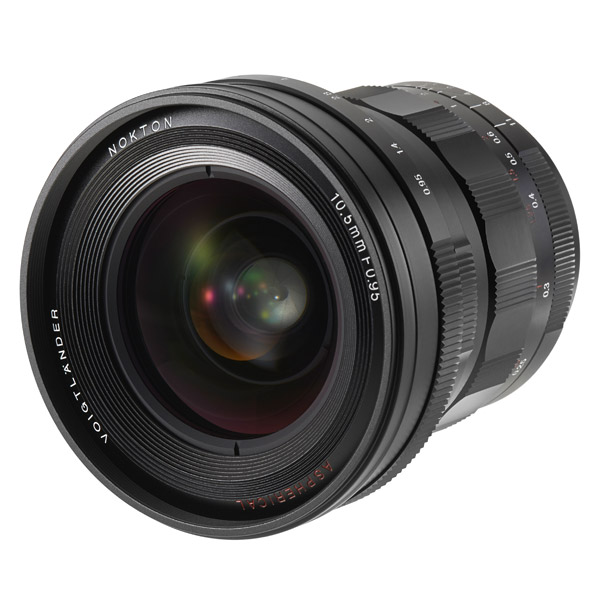 | Voigtlander MFT 10.5 mm f/0.95 Nokton Pros: sharpness, yield, can be used already at f0.95, unparalleled brightness for a wide-angle Cons: Weight Opinion: perfectly usable already at TA (this was my biggest doubt) on subjects not too opposed, the image quality definitely improves in the center already at f1,2. To sharpen from corner to corner you need to close to f2 0, but we can say that the overall performance is already excellent at f1.4 and very good at f1.2. He suffers from astigmatism at the edges but I think that with such a diaphragm you can not ask for better. Chromatic aberrations are obviously abundant at f0.95, but they disappear altogether already starting from f2.0, testifying to the optical goodness. At the framed field level I have to say that I like it a lot: it is wider than a 24 equivalent but it is not yet an ultra-grandangle, in my opinion a guessed focal. It doesn't have autofocus, but this in my opinion is an advantage for night photography. The yield then is all special, generates very incisive and contrasted images, has a character of its own, something that I have not found in any of the MFT optics tried to date. Let's move on to the only one against, as far as I'm concerned: the weight. For me the MFT philosophy is made of lightness and portability. It is certainly not a giant compared to optics for larger systems, but it must be said that in terms of metal used in Voigtliner they have not been spared: the 10.5 is a small tank! For some this can be a value, personally I would have preferred a lighter construction. Flawless construction and perfect dier. sent on March 08, 2019 |
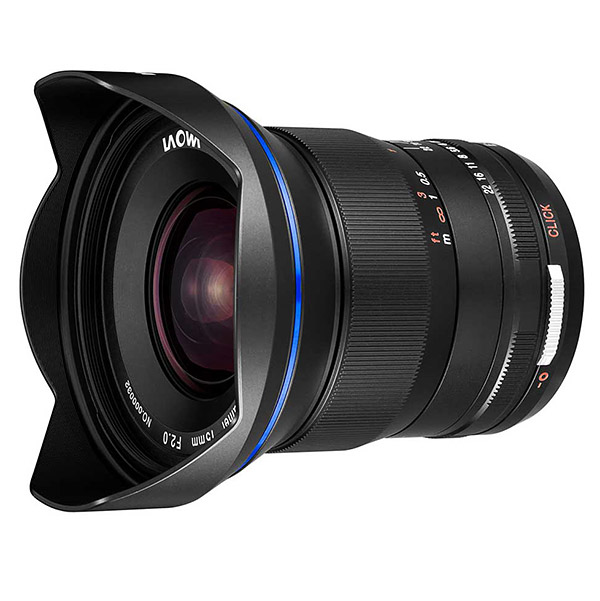 | Venus Laowa 15mm f/2 Zero-D Pros: sharpening from TA, can mount both screw and slab filters Cons: Laowa product quality control uneven, you could run into non-perfect specimens, check your purchase right away Opinion: I update to the review of Laowa 15 following a repair by the manufacturer. Pre-intervention review: Excited by the performance of the little brother Laowa 7.5 f2.0 for MFT, I wanted to try the 15 mm for FF. As an optician it is very interesting, for the fact that it is compact, for the focal point that goes well with landscapes, architecture and starry skies and for the possibility of mounting screw filters. For the daytime photo, closing the diaphragm from f4 up the sharpness is good. For the night photo, at f2.0 the coma on the stars is present, closing at f2.8 goes better Post-assistance update: the rendering of the optics has always been good but has never convinced me at all. One day I ran tests and realized that my specimen was decentralized. I then sent the sample photos to the retailer, who told me to send it to them for service. It took a couple of months because apparently the optics were sent back to the manufacturer. Anyway, they sent him back TO PERFECT. I do not know if they replaced it or if they repaired it, however, all the defects visible especially in TA have disappeared. In conclusion, what should we say? From the point of view of product quality control, maybe Laowa leaves a little to be desired, it is not the first time that I hear of decentralized optics of the Chinese house, you have to be "lucky" to fish the right specimen and still send back any assistance defective specimens as long as they are covered by warranty. Tornado in optics, we can say that the Laowa 15 as it is now, after assistance, is unimpeachable, is sharp and contrasted and fully meets expectations for a view of this level sent on March 07, 2019 |
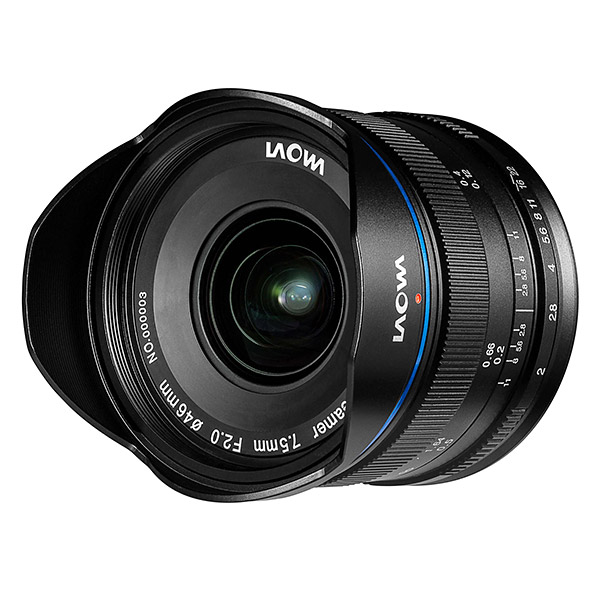 | Venus Laowa 7.5mm f/2 MFT Pros: Sharpness, well-contraset images, ridiculous lens dimensions, ability to mount screw filters Cons: Vignette at F2,0 Opinion: I have read mixed opinions on this lens, even on the net there are reviews of decentrated specimens, despite being supplied directly by the manufacturer. Being a risk lover I wanted to try it and, it will have been a good luck, but my specimen is just perfect. This lens churn out really contraated images in every occasion and beautiful colors. It is also a fun focal to use, so much so that I can no longer do without it. I preferred it to zoom 7-14 because of the aperture, since the lens was to test it with the Northern Lights. The lens has not disappointed at all, although when you stand in front of certain shows even a F2,0 starts to go tight and maybe you want an F1, 4. A great feature is the possibility of mounting screw filters, but being a super-wide angle you need to use filters of type "slim", penalty the inclusion of the filter ring in the image. The size of this lens are tiny, it almost looks like a toy lens. Having made a trip with a professional photographer friend equipped with Canon 5DSR with Samyang 14mm F2,8, we found that the framed field is exactly the same. Putting the Canon with the Sammy 14 next to the Oly with the Laowa 7.5, you get the impression of being in front of a camera with a sort of miniature model alongside. The images that churn out the little Laowa are however really engraved and we must not fear inferiority complexes due to the dimensions. The lens hood is also of a minimal metal type. But we come to the Cons: the vignette at F2,0. The fall of light at the edges at TA amounts to, by eye, a couple of stops compared to the center of the frame. At F5, 6 we can say that the sticker disappears. The impression is that the lens is extremely miniaturised, if they had built it with a larger diameter perhaps it would have vignetted less. That is optimized for 1 "sensors? Anyway, it snaps quietly at F2,0 and, all in all, the vignette to TA is still at manageable levels sent on March 26, 2018 |
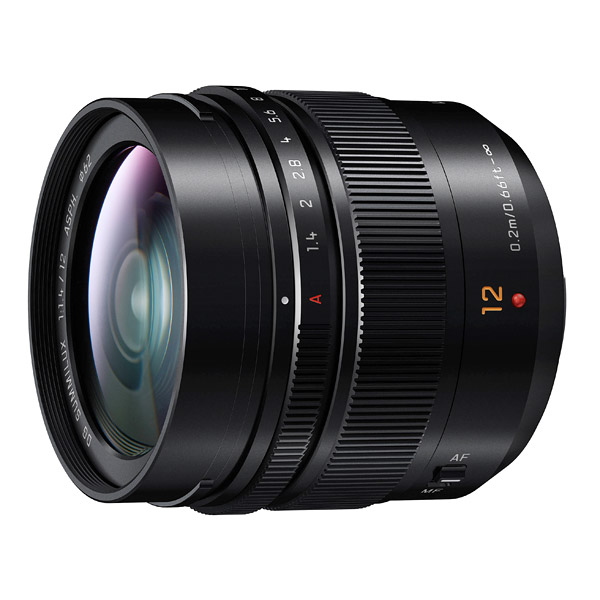 | Panasonic Leica DG Summilux 12mm f/1.4 ASPH Pros: resistance to flare, sharpness, opening. On the starry skies shows coma only to open diaphragms and total absence of astigmatism (among the wide-angles, it is a not so common value) Cons: If we really want to find them, for those who are used to micro 4/3 optics is slightly heavier than average and has metal construction. But I would say that it has no cons Opinion: specially purchased lens to photograph the Northern Lights in Iceland, being able to shorten exposure times and improve the details visible on the lights in the sky. And this Wonder from the Leica glass did not disappoint. On other occasions, day backlight, I noticed excellent resistance to flare: the images are always very contrasting and sharp. As for the use on starry skies, the lens demonstrates an excellent control of the coma of astigmatism, which are typical defects rather marked even on lenses maybe emasked but optimized for other aspects; shooting at f1.4 the stars show chromatic aberration and slight coma on the edges, showing no signs of astigmatism, but gradually closing the diaphragm, already at f3.2 you get stars with a high degree of pointsformity all over the frame (see photos of the hill of the Nivolet confirming). For those who have a passion for starry skies, they are truly remarkable features in a wide-angle. Only limit, as you might expect, the inevitable purple fringing a diaphragm all open; anything excessive or that can't be corrected in post. For me the reputation of premium lens is all deserved, I do not really know what more can be asked of a goal. On the other hand, the price is also "premium" but if you have an m4/3 kit and you need to shorten the exposure times in the wide-angle area, the choice can only fall between the Leica 12 mm and the Voigtl-nder Nokton 10.5 mm f0.95. As far as I could try, the Pana-Leica is already absolutely usable at TA without problems of vignette or excessive softness at the edges. The Voigtlnder 10.5, which is located at about the same price, has even more extreme characteristics, if I had to make a comparison between the two I would say that the Panansonic 12 wins in the value of quality/(weight less), while the Voigtl-nder is an uncompromising solution, suitable for those who have no problem using manual optics sent on April 08, 2017 |
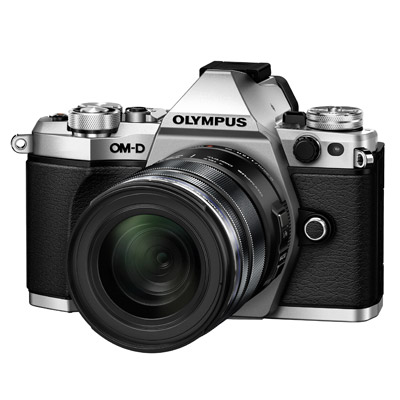 | Olympus OM-D E-M5 II Pros: dynamic range, stabilizer, high resolution mode, articulate display Cons: sensor not updated for three years, slow autofocus with Panasonic 100-300 without optimum light Opinion: I purchased the E-M5 II in preference to the E-M1 and I confirm what has already been said by others about the stabilizer, dynamic range and good performance of the sensor in general, although the latter is virtually the same as already equipped the E -M5 of 2012. I would like to touch on a feature that went almost unnoticed but which is really a bomb: the high resolution mode (HR), which generates files 40 MP of astonishing quality, no moire effect and with real RGB resolution, without the negative effects of the demosaicing. A friend who uses a full frame camera has widened his eyes to the HR files of Oly: it is a very useful function for landscapes and for the macro, even if limited, in fact, a subject perfectly static. Also very useful for remote shooting function controlled via smartphone app, usable for astrophotography without the risk of interfering with the focus, laborious, the telescope; However, it is noted that the full version of & #39; app is not free, but that despite this, both inexplicably limited to the maximum exposure of 60 s. Another interesting feature is the live composite, which generates the result of the sum of individual files shots, getting results from long exposure but still optimally balanced exposure; in certain situations this would not be possible with a single exposure: the function is useful, for example, for the startrails. The fully articulated display some like it, others prefer the one of the tiltable E-M1: I say that there are not big differences, both solutions have advantages and disadvantages but the fully articulated in the E-M5 II certainly offers more possibilities and allows to save battery in closed position. The menu is sometimes a bit 'intricate but it is normal for a machine with such a quantity of functions. Another useful function is finely tuned sound, which helps to not scare away suspicious animals and prevents the shutter moved by the shockfocal lengths. Finishes and metal casters make it a masterpiece of mechanical implementation level. For photo hunt with Panasonic 100-300 focus is sometimes a bit 'slow and difficult in non-optimal lighting conditions; other users confirm that the E-M1 is much better performance in terms of focusing. Overall, it is an excellent all-around high performance with little more than by compact dimensions, only perfected in the focus still not at the level SLR: problem common to today in all the mirrorless with contrast AF sent on January 19, 2016 |
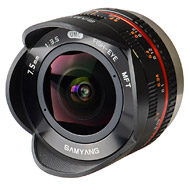 | Samyang 7.5mm f/3.5 UMC Fisheye MFT Pros: sharpness, colors pictures on Olympus bodies, goes perfectly with the mountain landscapes Cons: Nobody Opinion: To be a lens that is located at 200 euros on the used I can only recommend it. Uncompromising sharpness, returns brightly colored images on Olympus bodies. Manual focus is not a problem at all, the construction of the dial is very precise. The distortion is obviously high, being a fisheye instead of an orthoscopic. However, it is possible to correct the distortion in postproduction and obtain images comparable to those of an orthoscopic focal about 7 mm, which I verified directly by comparing it with the images obtained with a Pana zoom 7-14 mm. P.s. If you like to go to the mountains, you will not be able to leave this lens at home! sent on May 06, 2015 |
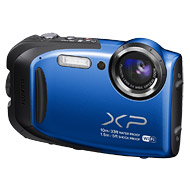 | Fujifilm FinePix XP70 Pros: design, grip, strength, convenience, price Cons: image quality, slowness in the shot sometimes Opinion: I purchased this Fujifilm XP70 because I wanted to take some pictures underwater without svenarmi, since the box for my other camera cost 400 € and this I found online to 164 €. I also put on the balance compactness, convenience and robustness of a compact system of this kind instead to pack your camera before you dive (with the risks involved). The first thing that I appreciate is the sporty design and fun but this goes to tastes; especially my model is yellow. In hand "falls well", the material is characterized by an excellent grip, for the rest it is a compact is not much to add, of course, are closed to the typical adjustments in the world reflex (opening times, sensitivity) for which the 'single control matters is the capture key. The image quality in terms of electronic noise is in line with what it can offer a sensor 1 / 2.3 ", perhaps even nottoo powerful. Even the sharpness of the lens supplied is not exactly exhilarating. Automatic settings are unsatisfactory shooting (also in "underwater) and produces images that require, in my opinion, to be processed in post-processing to achieve a standard pleasant. And in some situations the easier shot requires a few seconds, Perhaps the constant variations of light underwater undermined the focus and the light metering. Other shots are instant. When I buy it evaluated other more expensive machines, but then the choice fell on Fuji and I can say that for 150 € which costs does its job. In the end it is always the sensor 1 / 2.3 "of this type of compact, so much can not be expected; Fuji could perhaps mount a sharper lens, we can say this. That said, if you do not mind having to brush up your shots in Photoshop, you can get photos pleasant: some of it public, judge yethe results! sent on September 01, 2014 |
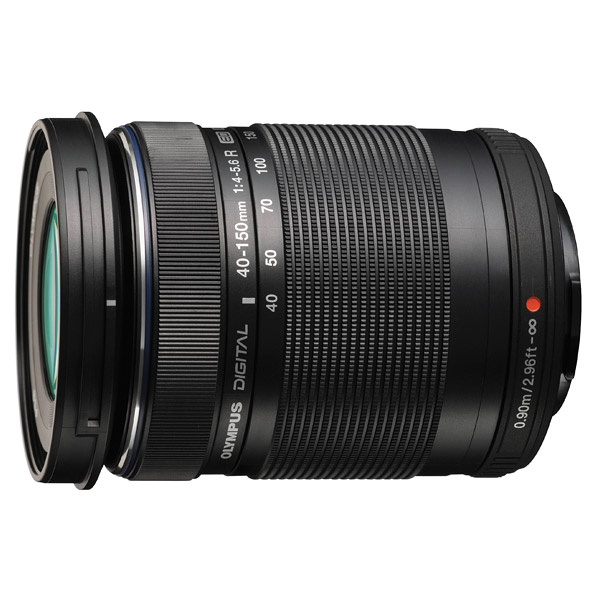 | Olympus M.Zuiko Digital ED 40-150mm f/4-5.6 R Pros: crisp and compact Cons: for the price, no. Not stabilized, suitable for bodies with stabilization on the sensor Opinion: Telephoto zoom lens is extremely compact and crisp, the price indicated by Juza is absolutely out of the market. I have purchased a new € 157 but advice to those wishing to enter the world of micro four thirds to buy the kit includes the camera body, 14-42mm standard zoom and telephoto 40-150 to tick even better prices. The standard 14-42 kit I put very early in the drawer to go towards brighter lenses. The 40-150 instead I can use it with profit and fun. Can be coupled to the macro converter Mcon-p01, getting a decent macro lens with a fee of € 45, if you do not want to make big investments on a dedicated macro lens. sent on February 13, 2014 |
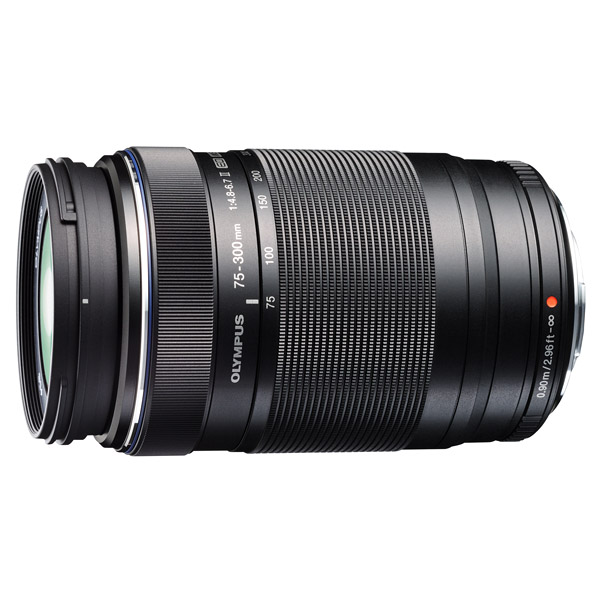 | Olympus M.Zuiko Digital ED 75-300mm f/4.8-6.7 II Pros: Clarity and compactness, fast autofocus Cons: dark Opinion: Crisp, chromatic aberrations are almost imperceptible due to the use of ED glass. Lightweight and compact, you can really forget you are with him and take him to a small shoulder bag; this is not a little for an equivalent 600mm. The autofocus is fast and accurate and in many cases it also works well with moving subjects. painful notes: the maximum reduced opening forces to operate at high ISO, if you want to maintain short and avoid blur at longer focal shutter speeds. Olympus would have had to design, in my opinion, an objective of maximum aperture at least equal to its competitor Panasonic, ie f5.6, which compared to f6,7 collects 43% more light in the same time interval. It is not stabilized and is therefore usable with profit without a tripod only on Olympus bodies, which have the stabilization on the sensor. sent on February 13, 2014 |
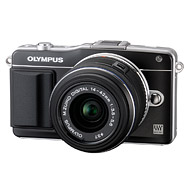 | Olympus PEN E-PM2 Pros: Image quality, same sensor of the EM5 in an even smaller body, slightly bigger than a compact one Cons: Red too saturated with low light in car mode, lack of iso100. Olympus no longer supports remote PC control (tethering) on ??new models Opinion: I went, like many, to the micro four-thirds after having a bigger camera that has broken through my neck every time I took it with me. Now I bring a camera kit and 3-4 lenses in a small handbag and always with much less than 2kg of stuff. I put portability first, having opted for the E-PM1 first, then replaced with the E-PM2, which are the most compact of the Olympus PEN line. The E-PM2 shares the sensor with the E-M5, so image quality is guaranteed. Why should one buy the E-PM2 instead of the EM5? The EM5 has all the physical controls and therefore it is more immediate, while the E-PM2 has a few buttons to do everything by navigating the menu, which in my opinion is well organized so it is still fast enough to use in manual. The E-PM2 is smaller and lighter, it is also cheaper, so those who do not want to spend the money for an EM5 can find in it a valid alternative without sacrificescare for the photographic quality. You can easily use a light tripod, another big advantage when, for example, for a trip by plane you can bring all the kit + tripod in hand baggage along with all the belongings, without having to bring a second suitcase or without having to load larger suitcases.rnA performance level at high iso I can say that the noise is perfectly manageable up to ISO 1000 and acceptable up to 1600, after which you need multiscatti or heavy postproduction for the reduction of the same. Compared to the E-PM1, Olympus was able to reduce noise despite the sensor's resolution from 12MP to 16MP, resulting in a reduction in the single pixel area. In my opinion they would have obtained exceptional results while maintaining the 12MP but evidently the reasons for the marketing and the need to standardize the sensors between the different models prevailed. rnGood general color rendering, just pay attention to the exaggerated saturation of red in some situations on the jpeg produced by the machine.rnThe touch screen is also quite useful in some situations, such as the selection of the area to be enlarged to calibrate the focus with manual lenses or in the case of astrophotography.rnFrom last, you do not understand why Olympus has finished the support of the Studio 2 software, with which you could control the camera by cable pc (tethering). For those who do astrophotography is a comfortable thing not to say necessary but the new models do not provide the PC mode, so even owners of a copy of Studio 2 can not use it for the tethering of new models. sent on February 12, 2014 |
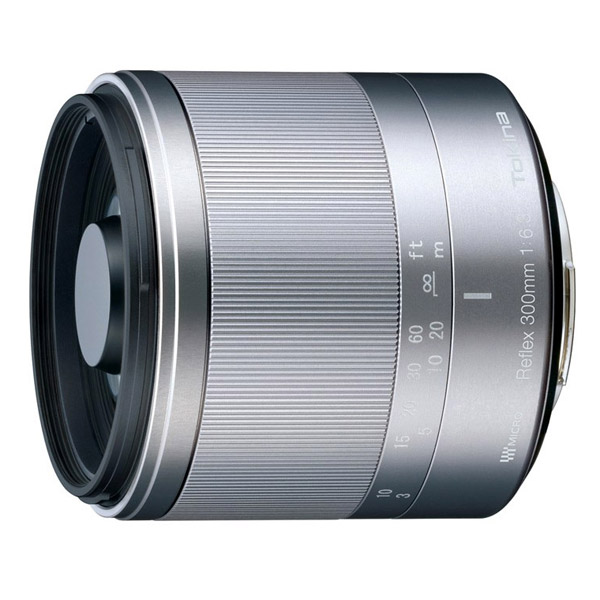 | Tokina Reflex 300mm f/6.3 MF Macro Pros: compact, lightweight super telephoto 600mm equivalent in 55mm, also works as a macro, relatively inexpensive Cons: manual focus slow to handle and not suitable for mobile entities, contrast, and sharpness of the refractors objectives (the contrast correctable with PS), reduced depth of field and in any case not manageable due to fixing of the opening, little bright Opinion: The Tokina Reflex 300mm is certainly a goal that has its charm, in the sense that it is a super telephoto 600mm equivalent 55mm long and weighing 300g, with all the exoticism of the catadioptric objectives. The manual focus is quite laborious. The main defects are given by poor sharpness and contrast. By retrieving the images in PS it is however possible to also obtain good results, dramatically improving the contrast. It is not possible to modulate the PDC because the opening is fixed at F6.3. Another feature is the famous "donut bokeh", bokeh donut, typical of the reflex reflector to like or dislike, but you can use to get some unusual effects, especially with the reflections on the water. The goal also macro capabilities, while remaining the limits in terms of sharpness and aperture fisso.rnConcludendo: the Tokina Reflex 300mm is certainly a goal with limits, due to the fact that it is a super telephoto you can keep in your pocket, from which it posThey are still achieve good images with a little 'of expertise and post-treatment. Above all it can be great fun to play with bokeh. Judge for yourself the photos. Good light and have fun! Rn sent on September 02, 2013 |
 JuzaPhoto contains affiliate links from Amazon and Ebay and JuzaPhoto earn a commission in case of purchase through affiliate links.
JuzaPhoto contains affiliate links from Amazon and Ebay and JuzaPhoto earn a commission in case of purchase through affiliate links.May Beauty Be Everywhere Around Me